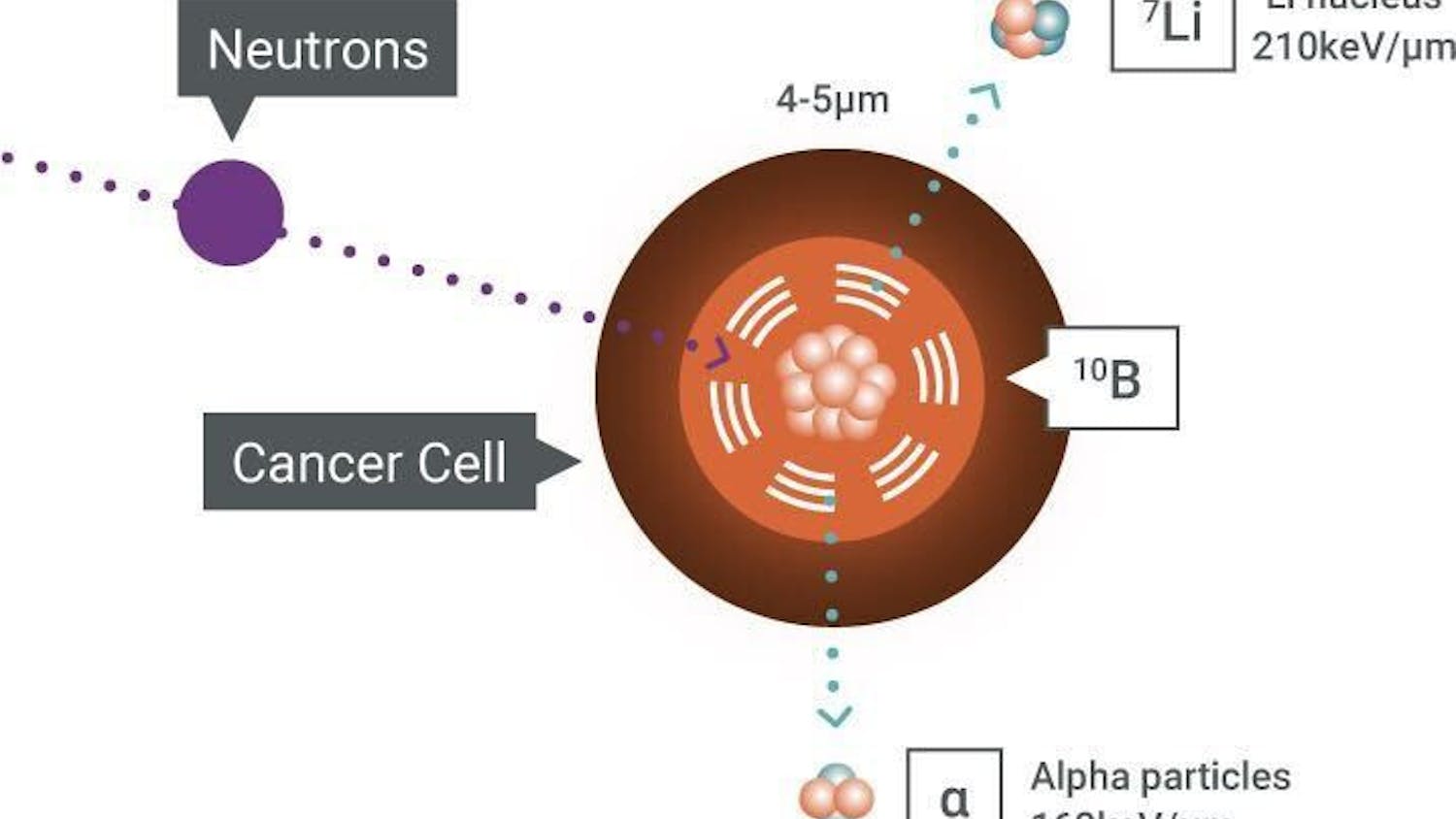A genuine smile can be a wonderful sight. It can energize us if we are feeling blue and encourage us when we are feeling troubled. It can give us strength, happiness, fortitude and peace. But all smiles are not created equal. There are kind smiles and cruel smiles, excited smiles and hopeless smiles. How is it that we are able to tell real smiles from false smiles?
In a recent paper, researchers at the University of Wisconsin-Madison—in collaboration with researchers at the University of Geneva, Switzerland—have tried to answer just that question. They found that we look at many parts of the face when someone is smiling and that we may be judging the authenticity of a smile we see by how much it is making us smile in turn.
“The face is the most communicative part of the body,” said Sebastian Korb, a postdoctoral fellow in the Niedenthal Emotions Lab at UW-Madison and the lead author of the study. “But people have learned to smile even when they are feeling something different. I want to know what it is that allows us to say whether the smile is real or not.”
Korb is not the first person to ask what makes a smile real to us. Historically one particular facial feature has been heralded as the champion of a true smile. The crow’s feet wrinkles that fan out from the outer corner of our eyes are caused by the contraction of a muscle that encircles our eye sockets, called the obicularis occuli. The presence of these crow’s feet wrinkles, called the Duchenne marker by scientists, has long been thought to be the sign of a genuine smile.
But the majority of previous research used still photographs. “Facial expressions are perceived differently when they are presented as dynamically unfolding videos instead of still pictures,” Korb said.
Korb and his fellow researchers used a program called FacsGen to create short videos of avatar faces smiling in different ways, with different facial muscles activated to various degrees. Then they asked people to judge whether the smiles looked real or not.
“The classical view has always been that the Duchenne marker makes a true smile and reflects an underlying positive emotion. But, we found it’s more of a continuum,” Korb said.
The Duchenne marker did not convey authenticity by itself; pulling up of the lips, controlled by the zygomaticus major muscle, and the opening of the lips and mouths all contributed to the smile being judged more or less authentic.
But that’s not the whole story. Korb and his colleagues were also testing a more controversial theory. Scientists have known for some time that we unconsciously mirror other people’s expressions on our own faces. This process is called “facial mimicry.” Korb wanted to test if a smile that provoked a greater degree of mimicking in a study subject was also judged as more authentic.
To test for facial mimicry, the researchers used electrodes to measure tiny muscle contractions in the faces of study participants as they looked at various avatar smiles. These contractions are invisible to the naked eye, but using electrodes and a process called electromyography (EMG) allows scientists to detect when muscle cells are activated.
The EMG would also allow Korb to confirm that study subjects were actually mimicking the avatars, but the EMG data showed that study participants were indeed replicating the smiles they saw on the avatar faces. When people mimicked smiles more the smiles were judged to be more authentic.
“The response predicted the authenticity of the smiles,” Korb said.
Korb is quick to say that facial mimicry alone cannot answer how we tell real and false smiles apart. It’s just one piece of the jigsaw.
“There are also specific social contexts that help us anticipate what the other person’s expression must be,” Korb said. “We will probably not mimic even a genuine smile from someone wielding a bloody knife.”
His future research is also aimed at finding out what areas of the brain are implicated in and what areas might be modulating facial mimicry.
“Facial mimicry may function as a reflex,” Korb said. “And there might be some inhibition of this reflex. Imagine it is summer and you are at the beach and you go to buy some drinks. You have no shoes on and you step on hot sand. Because you know that you have two full drinks you will inhibit the reflex of jumping up and down.”
Similarly he expects that we have developed ways to regulate our reflex to mimic the facial expressions we see.
So does he find himself judging people’s smiles? “Yes, I am judging them all the time,” Korb said, “but then most of us do, don’t we?”





